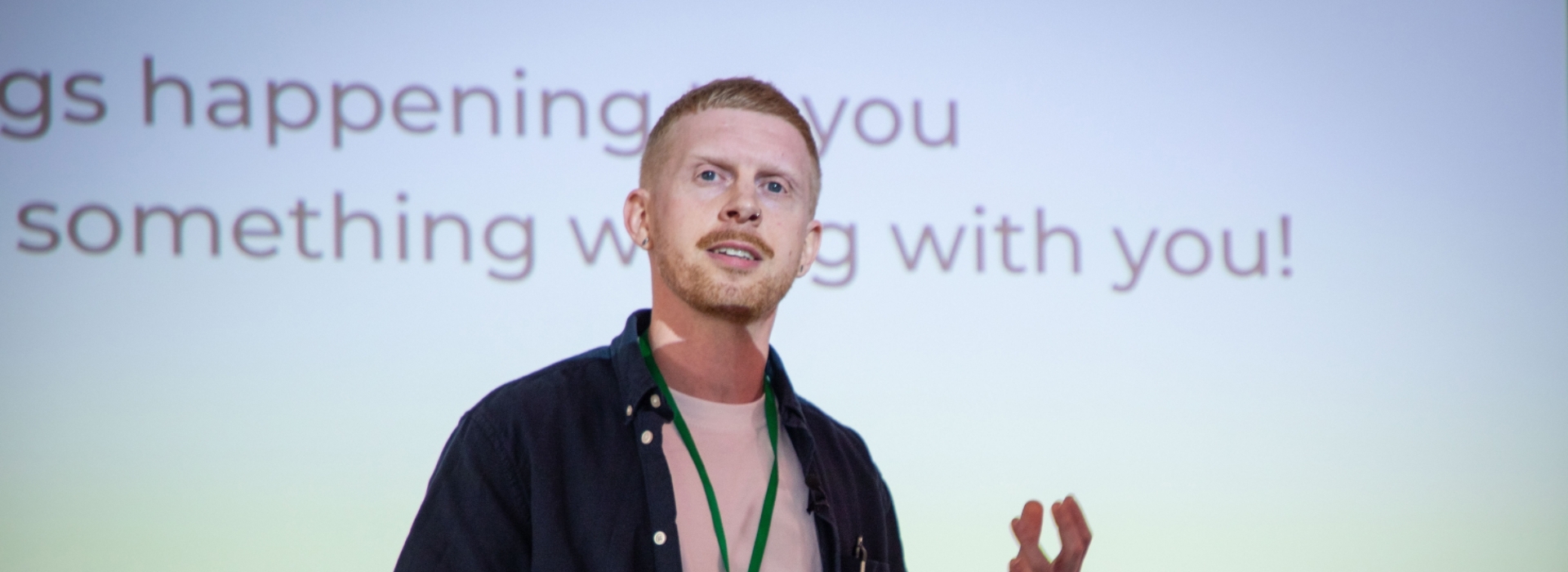
What’s the Difference Between Online and Face-To Face Networking?
1st August 2021 | By PSA Team
By Will Kintish
The world of physical networking is slowly reappearing – hurray hurray. For me it means my oxygen returns and gets back to ‘normal’, whatever that means. To meet people in 3D gives me a great joy and whenever I leave an event I am on a high. I feel the same whether I network or present.
Networking and Presenting
I am often surprised to hear my fellow professional speakers, trainers, coaches and consultants say they love the presenting but struggle with the networking. I am delighted to say over the last 20 years when I have run public courses, I have been able to invite members free, by way of a thank you to the PSA community for their collective help support and friendships. After all, the first principle of networking is to be kind-hearted, to share and to give.
So what’s the difference between online and face-to face networking? The answer is virtually none.
The process of networking starts with the invitation and ends with new clients. Whether it is face to face or online, each step is very similar:

Each step is self-explanatory except perhaps step 6 – Ahaa moment. This is the moment when someone says something where you think AHAA – there could be something in this. Examples are:
- We have a problem with …
- That’s interesting, I didn’t know that.
- The people we are working with at the moment aren’t giving us good service.
- We might be interested in talking to you further about working with us.
- We’re looking to expand.
To get to the AHAA moment you need to ask insightful intelligent and thought-provoking questions.
When you don’t ask enough questions people might think …
- You only want to talk about yourself
- You don’t really care to hear what they have to say
- You are overconfident thinking you won’t learn anything
- You’re not going to learn what their issues are
When you do ask …
- You make them feel very special.
I have a created a structure for a conversation and here set out a sample of the 4 types of questions.

12 Key Questions to Ask and Why You Ask Them
Ice breakers
Don’t start with business-related questions, they can come later. Ask something relevant to the other person, where you know you have something in common, or ask a positive question.
1. Where have you travelled from today?
2. What’s the best thing that’s happened to you today?
3. What made you attend this event?
Business Questions
We attend events to create business opportunities but as we all know, people buy people first. After ice-breakers come business questions.
4. What is your role and position in the company? Knowing that, you can ask more relevant questions and ascertain their seniority.
5. What made you get into that or what made you become a xxx?
6. Where do you see your business/career going in the next year? You are in the advice-giving business, so you want to know what their challenges are. Knowing that, you may be able to offer your services.
Small Talk
This is the glue that builds relationships, not the business questions. Never ask 2 direct questions about family. If you want to find out about their family try question 7. If they have family or partners you will find out through their answer.
7. What do you do when you’re not working?
8. What’s something you want to do in the next year that you’ve never done before?
9. Where did you live before this and what made you move? Another general question to find out about their non-business life.
Follow Up
When you spot a potential opportunity and don’t follow up, why did you go networking in the first place?
10. Shall we exchange cards? Getting their card gives you all their contact details- useful if you’re going to follow up.
11. Would you mind if I called you? If they said something that made you think the relationship should move forward, seize the moment. Remember the AHAA moment? Talk more. Type less. The follow up call is best and all you are phoning for is to collect more information and, if possible, arrange a 1-2-1 meeting. Remember those?!!
12. Shall we do business? After you have met, if you believe you can add value, ask this question. What is the worst that can happen?
I have many more business questions. Just ask me to send them.
I hope this blog creates more opportunities for you and all the speaking community. Remember networking is just communicating with a view to building relationships, some of which will lead to business.
Join the community
Be part of a thriving community of business leaders and professional speakers
Reasons to join the PSA
- Supportive community
- Learn from others
- Join an one of our 15 regional centres
- Meet like minded people

Get updates on PSA events
Newsletter signup
"*" indicates required fields
